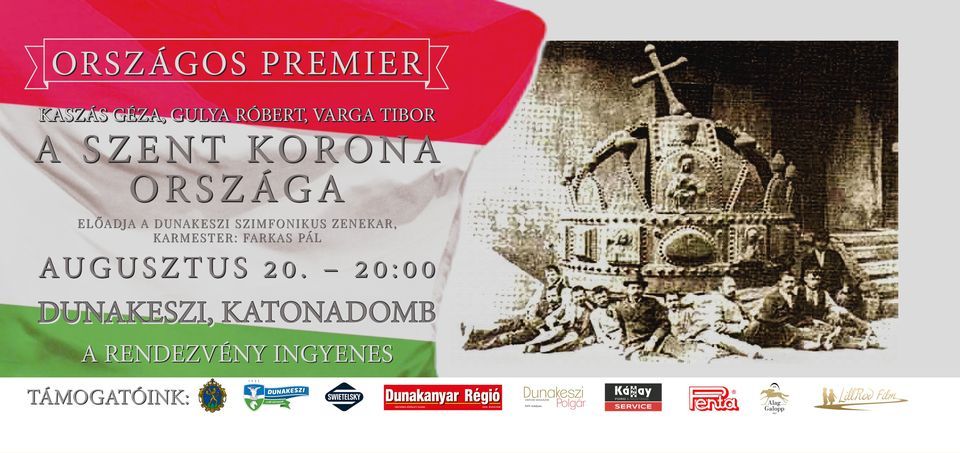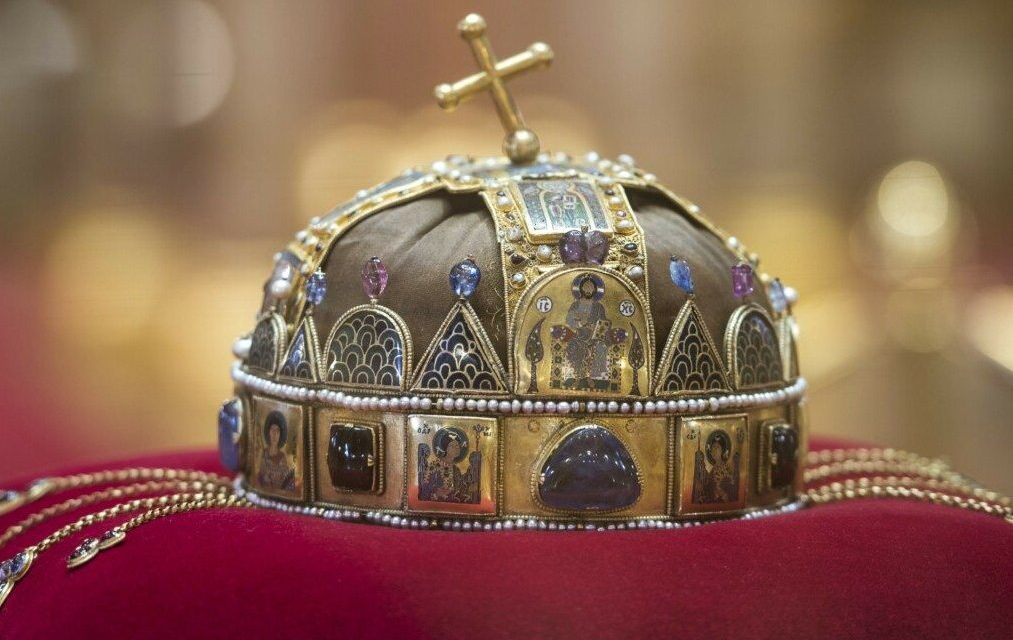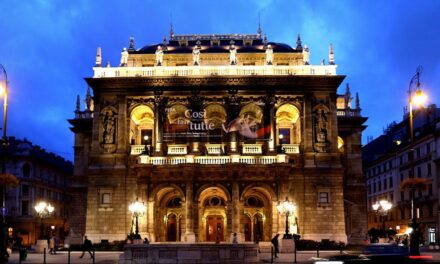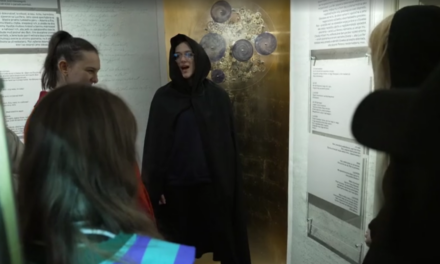On August 20, the premiere of the oratorio "Country of the Holy Crown" will be held in Dunakesz, on Katonadomb, as part of the St. Stephen's Day celebration. The five-movement symphonic work presents important events from the history of Hungary in the interpretation of around three hundred performers, highlighting the role and significance of the Holy Crown.
The country of the Szent Korona is a dynamic, captivating work performed by the two hundred-member mixed and children's choir and the seventy-member Dunakeszi Symphony Orchestra, conducted by Pál Farkas, in which Szilvia Rálik and Manuel Betancour Camino also perform as soloists. The performance also abounds in spectacular elements, they dreamed up a huge LED wall behind the choir, onto which a set film is projected. The stage lighting also enhances the experience.
A work in five movements about the importance of the Holy Crown
- I would have liked the premiere of the work to be performed by artists living in my city, Dunakeszi, or in its region, and this has partially been achieved. I chose the genre of the oratorio because music is the mediating medium of our century - Géza Kaszás, the dreamer, producer and one of the lyricists of the musical piece, Magyar Nemzet
The result is uplifting: the work performed with a symphonic orchestra and choir creates an exceptional soundscape. I first looked for co-authors to create it. I asked Róbert Gulya as the composer, who is a creative, highly educated composer, and I have worked with him in all my films so far. My writing partner Tibor Varga is a legal historian, poet, lyricist, and a serious connoisseur of the doctrine of the Holy Crown.
he added.

During Covid, the team of authors came together and the intensive intellectual work lasting several years began. Together with Tibor Varga, they shaped the spirit of the work, wrote and edited its text, composer Róbert Gulya wrote the thoughts expressed in the music. Finally, the five-movement, seventy-minute work was born. The oratorio captures a few moments from Hungarian history, which show the role and significance of the Holy Crown.
The Holy Crown has always had a unifying and cohesive role
- emphasized Géza Kaszás.
As a symbol of the nation, the crown belonged to every Hungarian territory, and every single soul who declared themselves Hungarian. We present the events from the creation of the world through the country's conversion to Christianity to the actions of St. Stephen and St. László, then we relive the victory in Nándorfehérvár, the coronation of Matthias, and we present the decline and the loss of territory
- he pointed out, and then added: in the last clause, we emphasize that we look forward to the future that awaits us with our heads held high and happily.
As he said, they are bringing a work to the stage that is not only very strong in its content, but also expressive and speaks to everyone.
They hope that Dunakeszi will be the first stop of a series and that they will be able to present it in Hungary as well as in areas inhabited by Hungarians across the border.
The performance, which starts at 8 p.m. on August 20, can be viewed for free, and is created with the support of the Dunakeszi Municipality and local entrepreneurs from the amount won in the Civil Fund Tender.
In the opening image, the Holy Crown in the dome hall of the Parliament on January 5, 2018. Photo: Tibor Illyés / MTI













